Your Free Business Resource Guides
These free generic business guides and tools are relevant for Aesthetic Clinic owners. They provide succinct and actionable practical advice that can help you to grow your business…
Free Resources & Downloads…

The £10,000 per Hour Guide To How You Spend Your Time
To make big leaps forwards in your aesthetic business you need to spend time working on the big ‘stuff’. This’ll help you…

9 ‘Sneaky’ Tricks To Triple your Email Conversions
Email Marketing is still one of the most valuable marketing tools for clinic owners and this will help you get more sales from your emails.

Building Your Dream List
There’s a real art to identifying and getting in front of your ideal aesthetic customers. This blueprint will help you get started…

Finding Your Customer Avatar
Marketing to the right people will save you a lot of wasted time and money. Find out who you should target with this workbook.
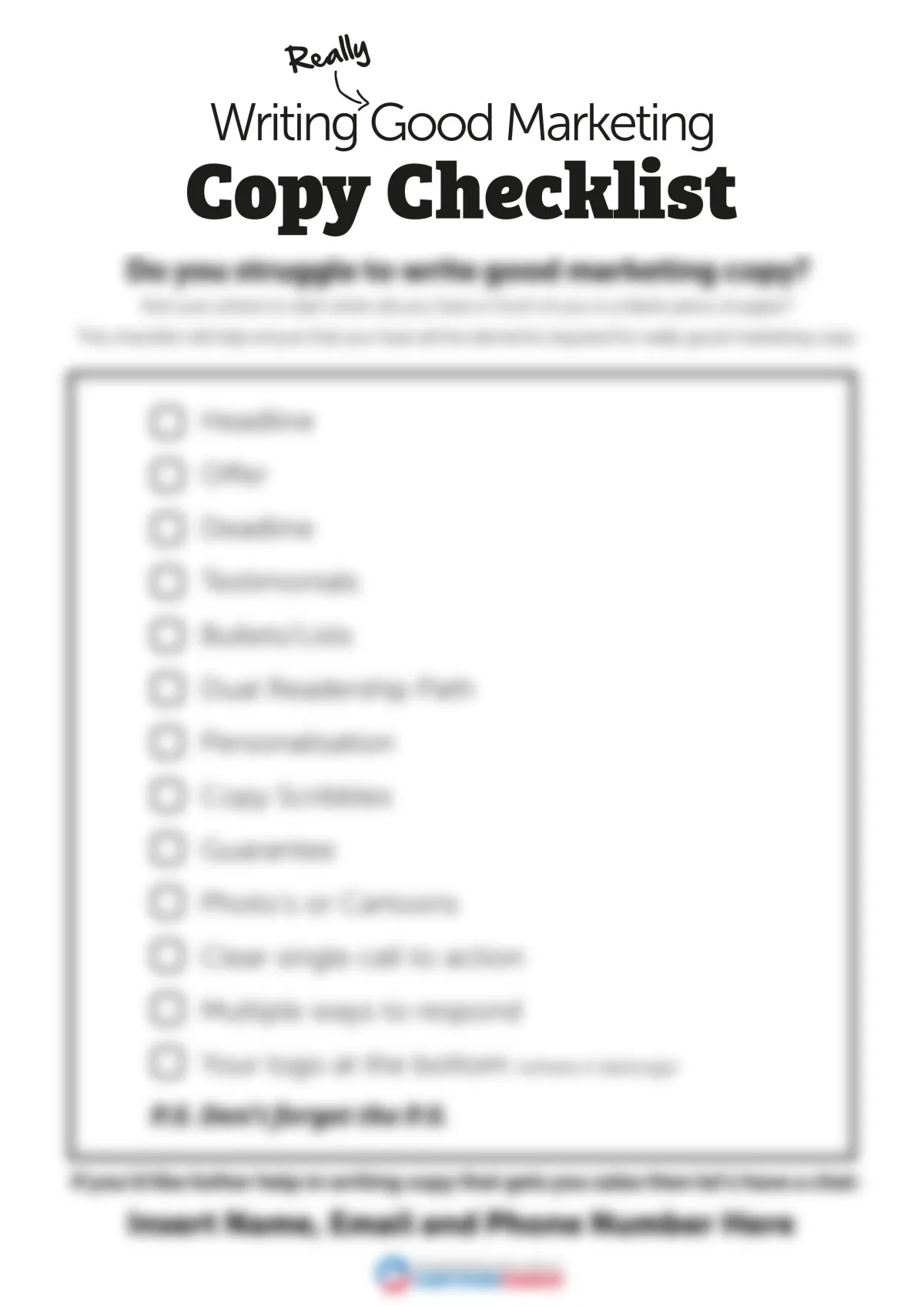
Copy Checklist
This checklist will help you to plan and write more compelling marketing copy.

Marketing Spend Calculator
Work out what you should be spending to market your aesthetic services to get a new customer.

Mindset Checklist
How you think is often more important than what you do. Here’s a checklist to test your mindset.

What’s Your Time Worth
Complete this quick calculation to find out how much your time is truly worth

Professional Business Person
Take the test to find out whether you are a Professional Business Person or a Wannabee?
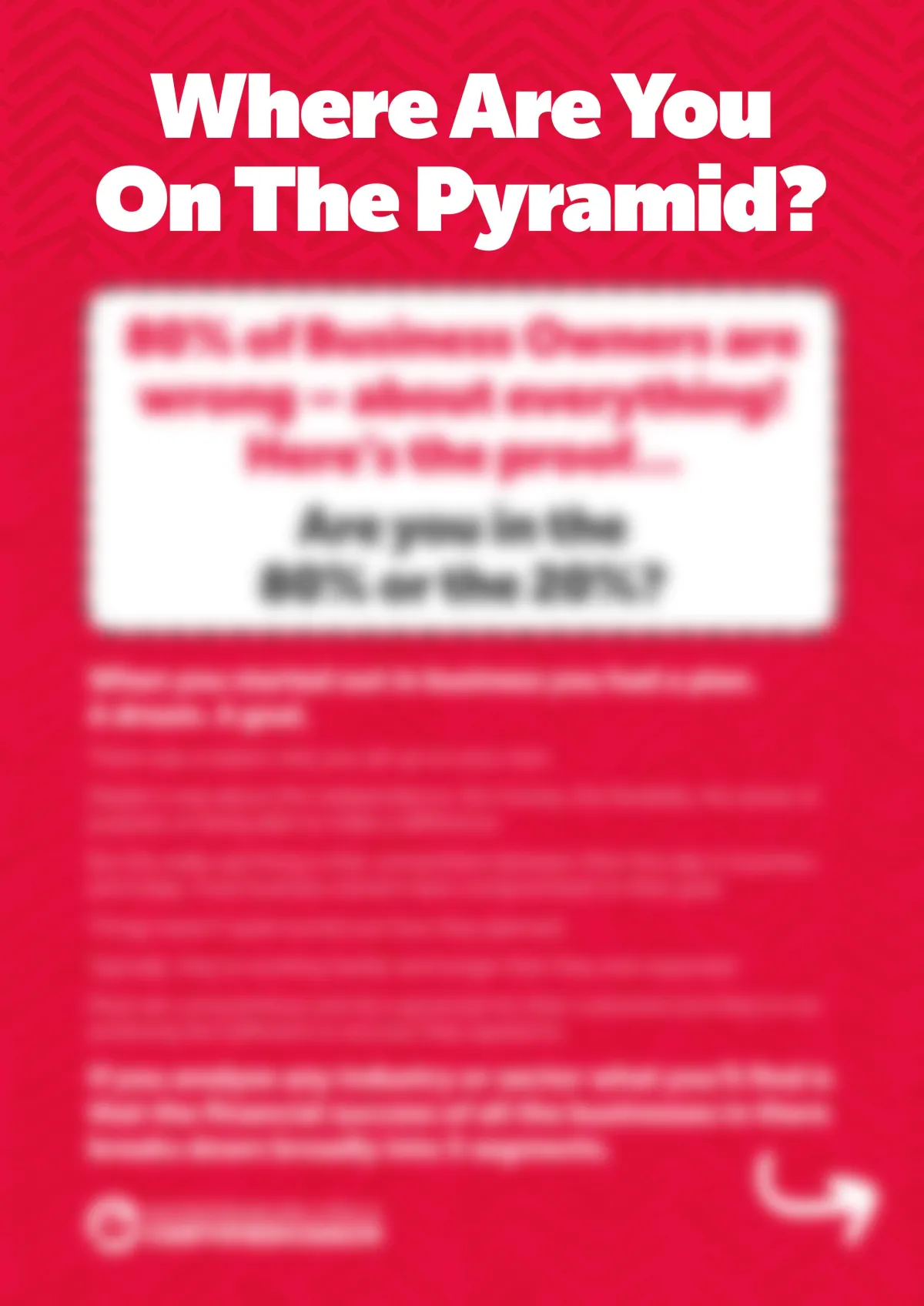
Where Are You On The Pyramid?
80% of Business Owners are wrong - about everything! Here’s the proof…
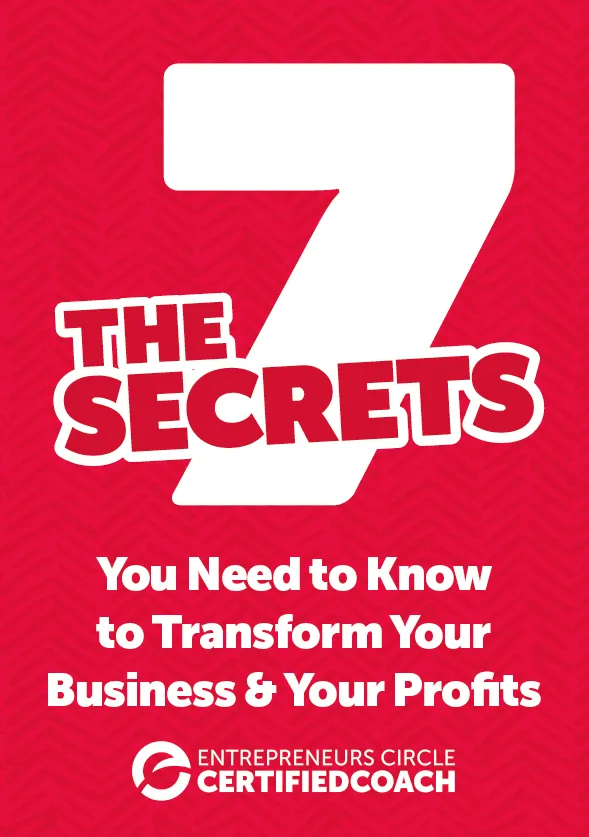
The 7 Secrets
This guide alone could transform your aesthetic business. Embrace and implement the 7 secrets to achieve a greater level of success.

LinkedIn Lead Generation
Are you using LinkedIn to connect with your target market? This Guide is full of proven strategies, tactics and scripts to help you generate quality leads through the LinkedIn platform.

A World Class Follow Up System
Don’t leave money on the table. Make sure you’re working the leads that you get.
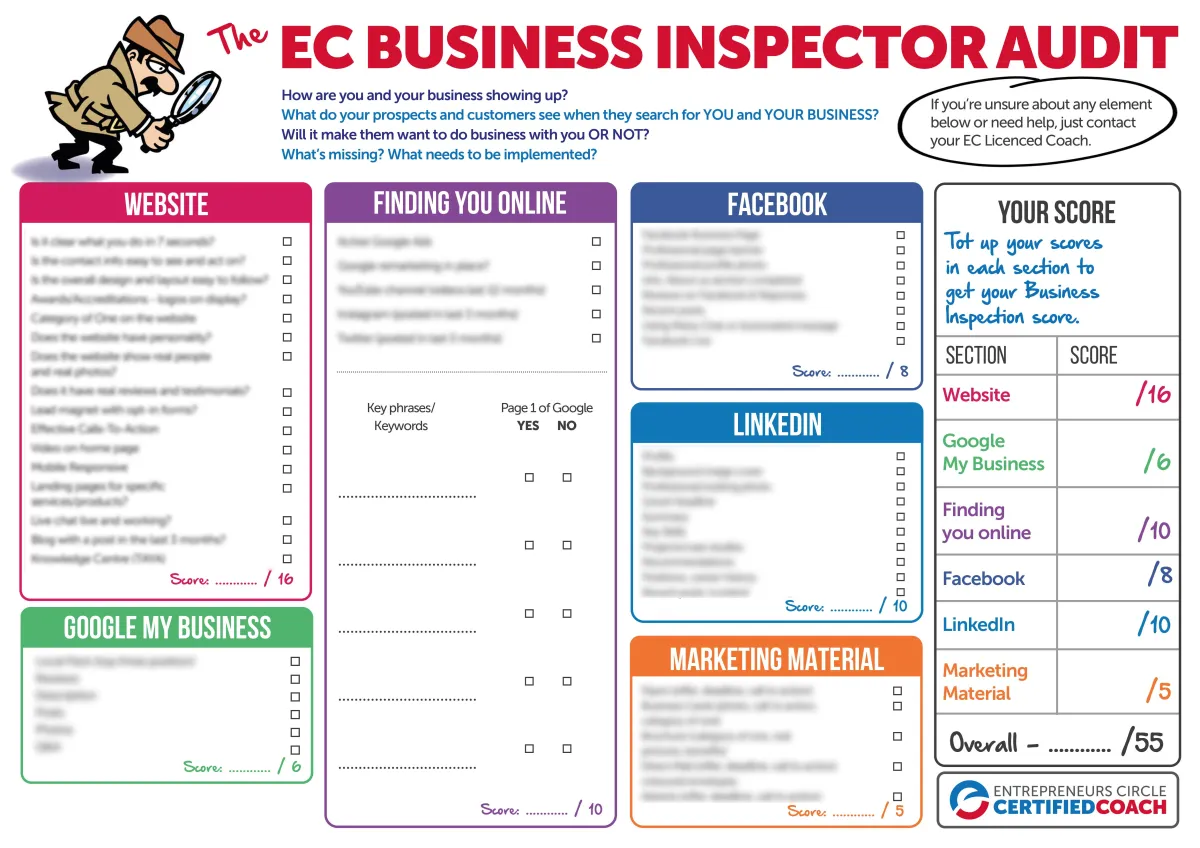
The Business Inspector Audit
What do your prospects and customers see when they search for you and your aesthetic business? Use this checklist to see how you score with Google, Facebook, LinkedIn, your marketing material, website and more…

Website Audit Checklist
How does your clinic website stack up? Use this checklist to understand how and where small improvements can help you to deliver big results with your website.
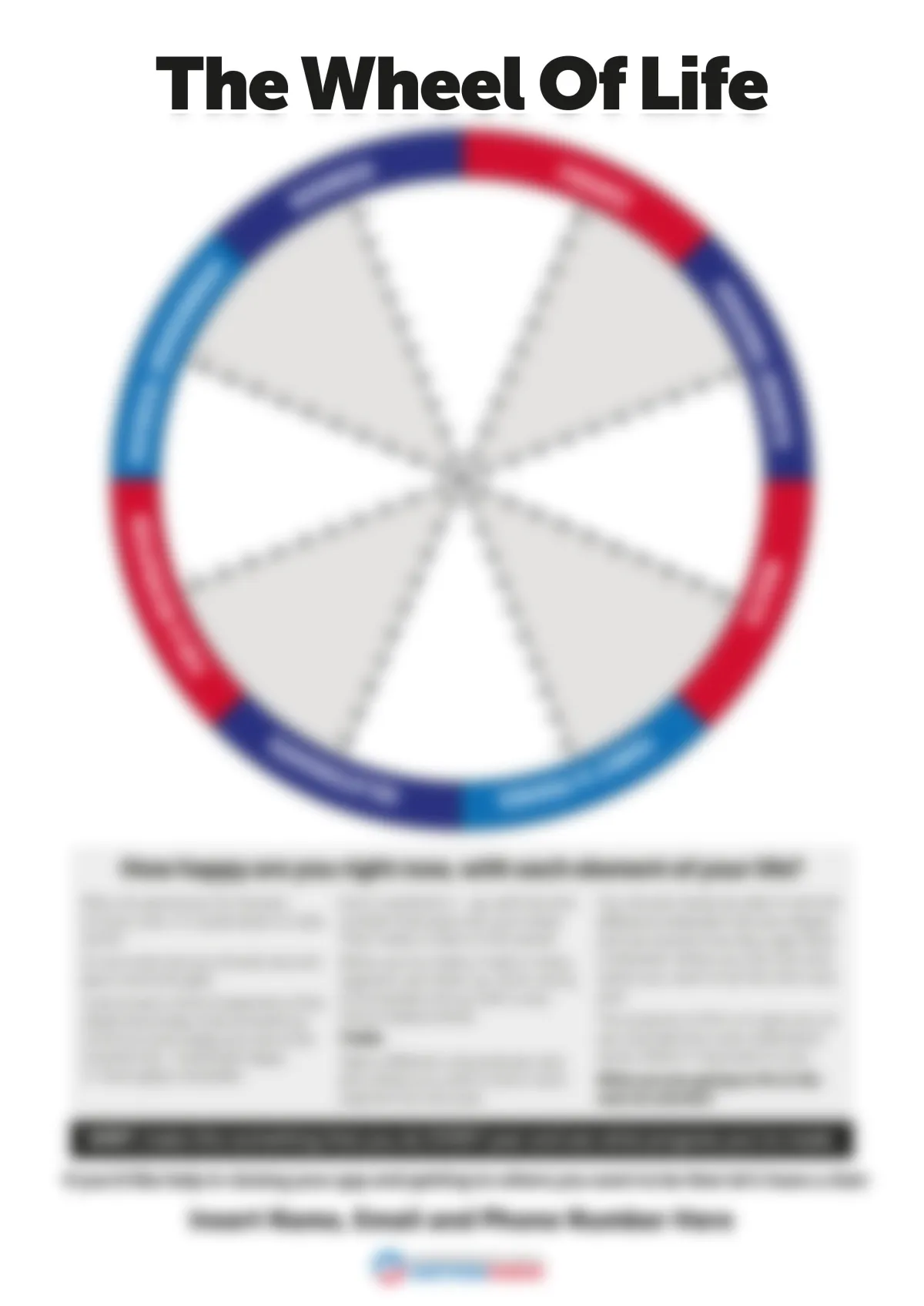
Wheel of Life
How happy are you with each element of your life? This’ll get you thinking and is worth spending 10 minutes to complete.
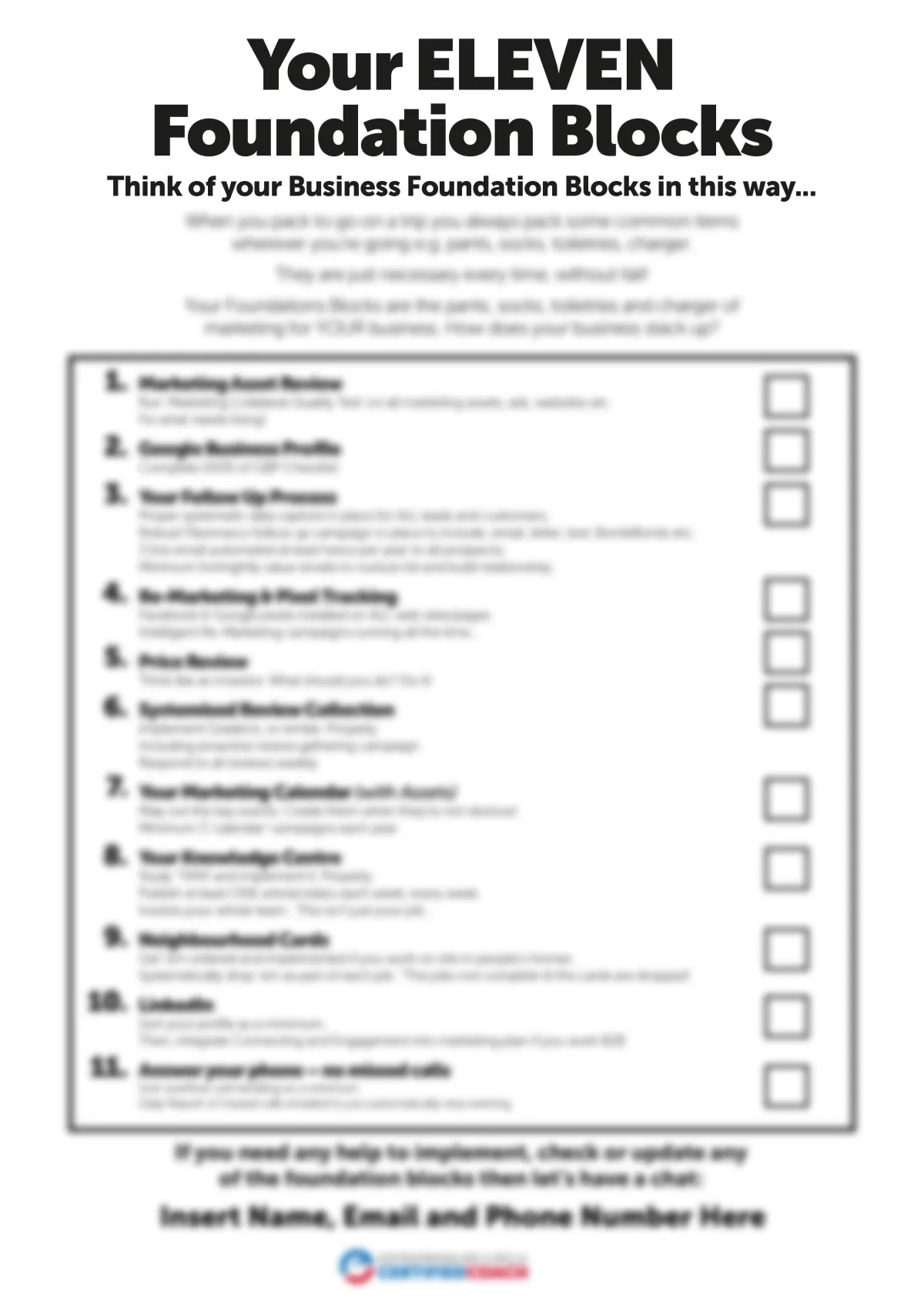
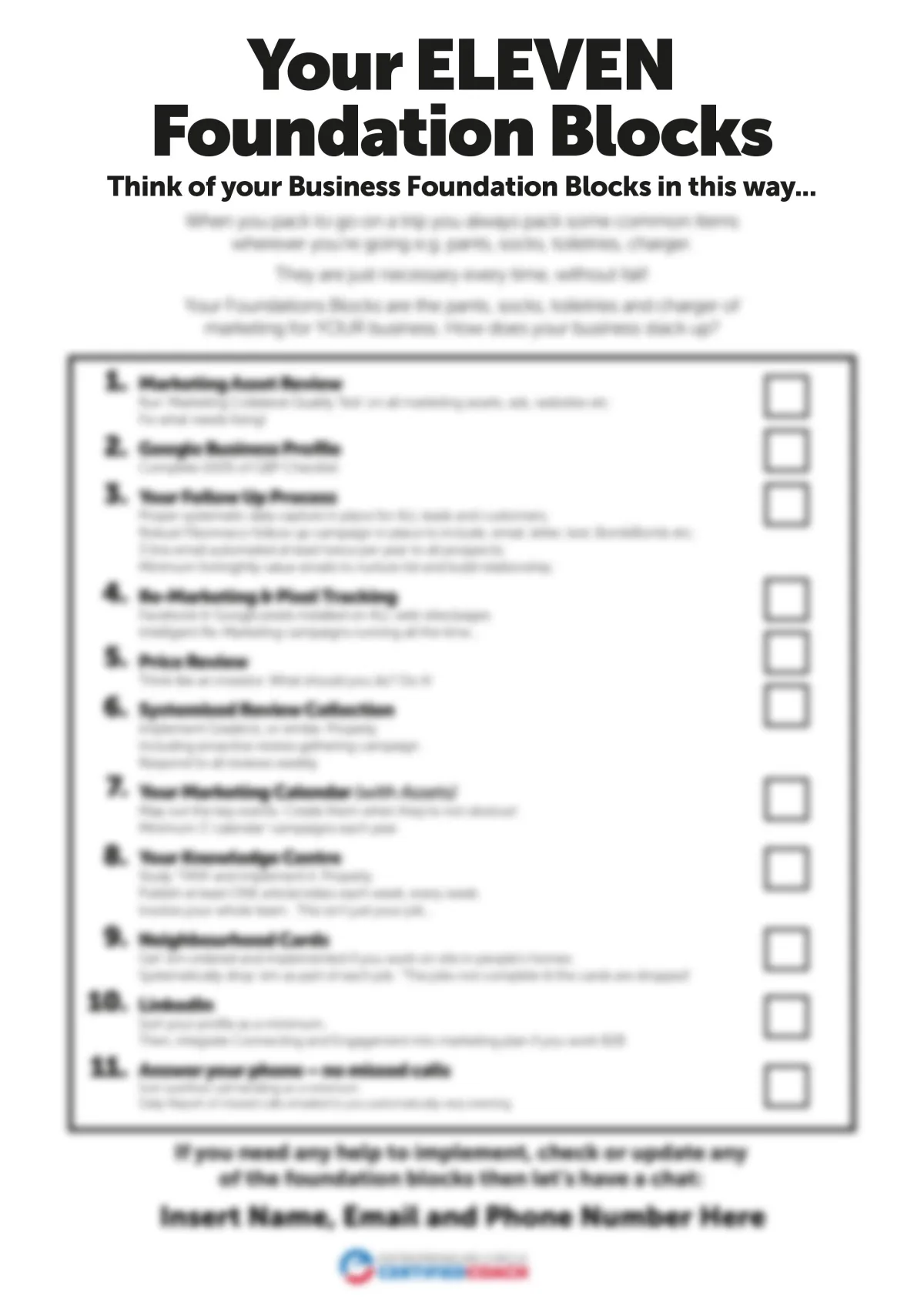
Your 11 Foundation Blocks
These are the things that all businesses need to have in place to be successful.
For more insights about running an aesthetic clinic, please see my Blog posts below
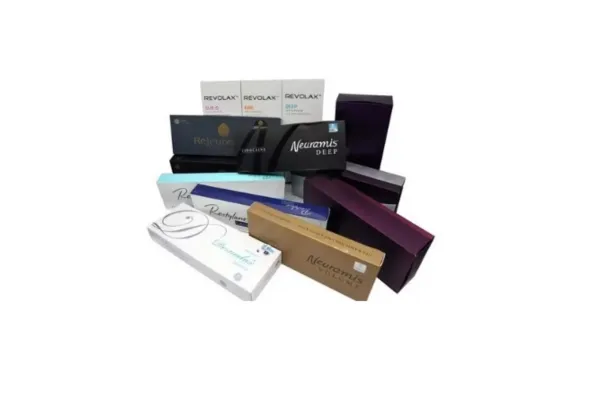
Pretty packaging in Aesthetics versus design for sustainability
Having attended recent industry conferences its plain to see that most companies still focus designing their outer product packaging to look appealing to clinic owners and practitioners rather than being more sustainable for the environment.
I understand the argument for consumer facing retail skincare products, but for fillers/ mesotherapy and other consumable items that are used within your premises, where the customer/patient rarely sees the box, should we be encouraging suppliers to pay more attention to sustainability when designing outer packaging?
It could save them a lot of money in packaging materials and shipping costs, reduce the precious storage space required in your premises and minimise the number of bags that you must put out weekly to go to landfill.
Over the last year I have been writing about different aspects of sustainability within the aesthetic industry and I recently wrote about a filler company that has tried to incorporate more sustainable deign principles by packaging four syringes into the same box size that many use for one syringe.
As most aesthetic supplies used in the UK are manufactured abroad, this can have a huge impact on the carbon footprint of the product.
In the example of minimising the outer packaging for the four filler syringes, it would take just one shipping container instead of four to land the same amount of injectable product at our ports.
In addition, reduced storage requirements for vertical aesthetic distributors and reduced shipping costs direct to your premises also appear to be a potential advantage when minimising the size of external packaging.
The filler company also eliminated plastic wrapping and shiny finishes to ensure that the box could be recycled. However, some practitioners have commented to the company that this has detracted from the brand’s image as it does not look as appealing as other filler brands.
So, how important is all of this to you?
Do you care whether products designed to be used in your premises, rather than sold to consumers, are beautifully packaged?
Could brand managers compromise with a few display packages that they use for branding purposes, and then actually package the product to get to you in the most sustainable way possible?
Do you think that reducing outer package size could save money in shipping costs, reduce carbon emissions, and help with storage space in your premises?
Is recyclability of outer packaging something that concerns you?
I have been in the aesthetic industry for close to 30 years, and, as far as I am aware, the topic of outer packaging of products, and what clinics want, or what companies think clinics want has not been openly discussed.
For that reason, I circulated a simple survey to UK based aesthetic clinic owners to see if they had any views on the subject.
136 respondents completed the survey which highlighted some interesting concerns from clinic owners. Not surprisingly, over 80% of respondents said that storage space was limited in their clinic and that smaller external plastic and cardboard packaging around products would help with storage in their clinics.
I believe that this important point (where clinic rooms/admin and reception space are often prioritised over storage areas) is often missed by suppliers when considering package design but appears to be a potential issue for many clinic owners in the UK.
Over 78% of the respondents said that they don’t feel that the external appearance of the packaging of products (excluding retail skincare) is important to them.
Comments made around this question included:
“There is no reason why sustainable packaging can’t be pretty”;
The patients truly do not give a s**t if the filler comes in a pretty box. If practitioners want to have a couple on display they could be sent out, but the rest in plain, easily recyclable boxes would be perfect. Pharmacies could help by not putting plastic wrapped boxes in plastics bags and into more boxes inside boxes”; and
“It would be great if we start shouting about this, so the big boys do something and make everything recyclable. It doesn't need to be shiny to be attractive”.
To the question “is recyclable packaging important to you?” only 2% of people responded that it wasn’t a concern for them, with comments including:
“Our industry is very poor when it comes to environmental concerns re packaging and equipment. Must do better”;
“I have felt for quite a while now that the amount of packaging surrounding products is unacceptable and unnecessary”; and
“I/we try our best to be environmentally friendly and where possible I’d love suppliers to use carbon neutral packaging/recycling/environmentally friendly packaging and consider carbon footprint”.
Only 8% of those surveyed had contacted their suppliers asking them to provide more sustainable packaging and received a positive reply, with 13% saying that they had no reply, and with one respondent commenting: “I have contacted pharmacies for years about this issue as it has been at the very top of my priority, with various responses”.
Interestingly, in the comments section many respondents mentioned that some of the pharmacy-based distributors of aesthetic products could do more to reduce packaging materials when shipping products to their customers.
Finally, 74% believed that issues concerning sustainability and the environment will be important in marketing their business in the next 5 years, with 11% saying that they were not sure.
For clinic owners who are serious about running a more sustainable business, a critical component of their associated carbon footprint and waste relates to who they buy their products from.
With multiple millions of boxes being flown around the world and potentially put into landfill every year, the carbon footprint and waste issues associated with our industry are significant.
It appears clear from the survey results that many clinic owners are concerned about this issue and that more could be done by both suppliers and distributors to reduce the carbon footprint and increase the recyclability of many consumable items used within the aesthetic sector.
There are numerous examples of companies within the retail beauty industry that are making changes and coming up with creative solutions around packaging. This is often more challenging as the design and visual appeal of the product has often been seen as a critical component of the products success when selling to a retail consumer – particularly if premium priced.
However, when consumables arrive at a clinic and are put in a cupboard, and then quickly unwrapped and thrown in a bin when used by a practitioner, it appears, from this survey, that there is less of a need for luxury packaging.
There are a growing range of solutions available for companies to tap into that can help suppliers put a higher priority on designing packaging more for sustainability vs branding in our sector.
It seems to me that by shrinking boxes and using less (and potentially less expensive) materials that a cost saving could be made in both shipping and material packaging costs, with clinic owners being happier that they are throwing less stuff into landfill and aren’t struggling to find more storage space as their clinic grows.
I would encourage all of you to share this article with your suppliers and ask them to consider the results in relation to how their consumable products are packaged and maybe survey their own customer base to find out what is important to clinic owners.
For full survey results and comments please visit: www.linkedin.com/in/ronmyersbusinesscoach/ where you can download a PDF of the survey held in my posts section.

© GenieAI (Licensed Coaches) 2025 . All rights reserved. Terms and Conditions | Privacy Policy
